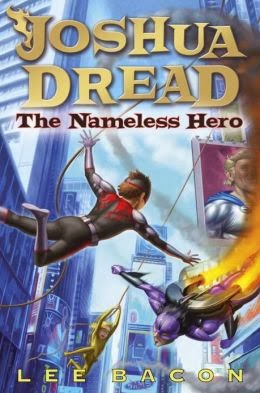Pat Lowe & Jimmy Pike, Yinti, Desert Child; Yinti Desert Dog; Yinti, Desert Cowboy, Magabala Books, September 2019, 136pp., RRP $12.99 (pbk), ISBN 9781925768831, 9781925936902, 9781925936933
I was very excited to receive Magbala books to review as they are always interesting and I learn so much from them.
The Yinti series was written by Pat Lowe, teacher and prison psychologist, and Jimmy Pike, a Walmajarri man, stockman and artist. Their personal stories are so interesting that a brief biography on them is placed at the end of each book.
The books in the Yinti series consist of: Yinti: Desert Child; Yinti’s Desert Dog and Yinti: Desert Cowboy and teach much about history and culture as seen by Yinti and sometimes by the animals Yinti encounters.
The Desert Child is set in the Great Sandy Desert in the North West of Australia where the Walmajarri were one of the last communities to leave their traditional lifestyle. In fact, Yinti who lives with his father; two mothers; brother and various members of his family, does not meet a kartiya (white person) until the last chapter. Yinti is a feisty; impulsive child so he seeks out adventure and is often in trouble. No risk is too small once Yinti has an idea in his head. The book includes stories about the times; Yinti accidentally set a tree which his second mother had climbed to get a possum on fire; ineffectively guided his blind uncle into a hole; played tricks on his brother and of his overzealous attempts to train younger boys to be warriors which led to them returning blood stained and in tears to their enraged family.
Through Yinti’s eyes; we learn: how the mob hunted food; the tools they made; how they defended themselves in fights; how they used fire; the division of water when travelling; how they navigated their land; their bereavement customs; and how they journeyed out of the desert to live on a cattle station. We also learn how strange the station kartiya’s devices looked to the Walmajarri such as their shoes; the windmill; saddles and cars. Yinti finds the footprints made by a kartiya wearing shoes hilarious.
Yinti’s Desert Dog is a bit of a misnomer as the dog isn’t Yinti’s but his mother Mala’s. It is Mala who tracks and captures the dingo puppy; which she names Spinifex. The book describes how the puppy is taught to live with human beings and to hunt. I found it particularly interesting reading about the bonding processes which Mala used; such as: ensuring the dog’s loyalty by taking the scent from under her arms onto her hands and rubbing it on Spinifex’s nose.; The book often looks at life from Spinifex’s point of view such as her initial terror of humans; the strange smells of visitors to her family or her pleasure in hunting. A grown dingo’s point of view is also explored in the description of her mother’s sorrow over the loss of her mate.
Desert Cowboy picks up from where Desert Child left off – at the cattle station. Yinti adjusts well to this new lifestyle and hunts animals with the aid of a ute and a gun. He wears clothes and learns to speak English, the purpose of money and how to ride a horse. His work as a stockman is also described fully and the vivid descriptions of branding and castrating bulls are not for the faint hearted. Yinti also loses his mother to the kartiya’s illness – the flu– and has an affair with a married woman.
Hence lies an issue, although the Yinti series are written for children aged 8-12, many of the stories are confronting, particularly the ones about hunting. So parents of staunch vegetarians may wish to veto some of the stories although definitely not the whole books because this is authentic history and it’s fascinating to step back in time and see life though Yinti’s eyes.
I believe the Yinti series could also be used for adults attending Literacy classes. The stories are in written beautifully in plain English and there is a glossary in each book on the Indigenous language used.
Reviewed by Katy Gerner






